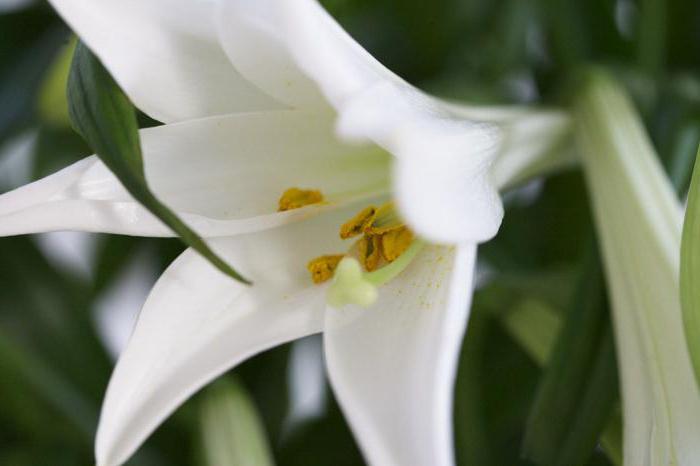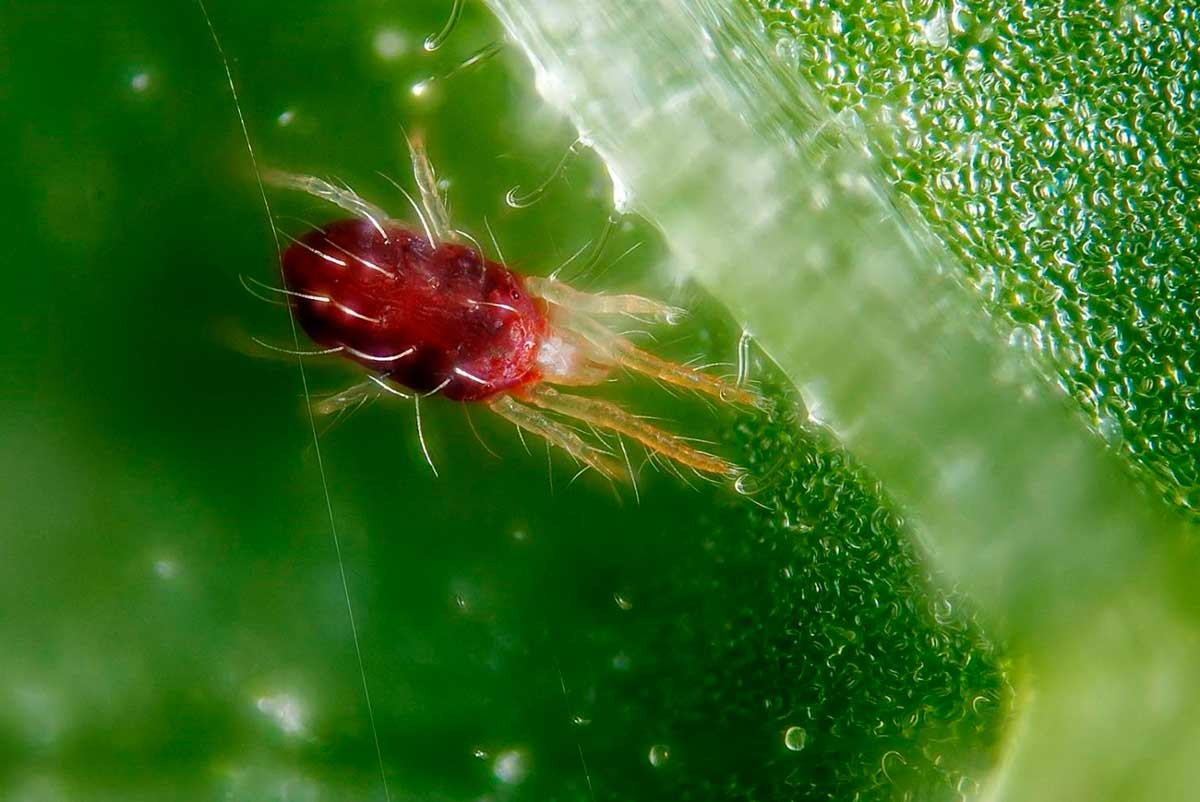Content:
Lilies bring aristocracy and grace to any garden. But sometimes the flowers can be capricious - they bloom badly or do not open the buds at all. There are many reasons for this. Guided by the tips and rules given in the article, you can save the plants, and they will again delight you with their flowers.
General rules for caring for garden lilies
The main nuances of caring for these plants:
- The whole season needs to be fertilized with complex fertilizers and ash (50 g per 1 m² of plantings). You need to feed it 3 times: in early spring, when the buds are formed and after flowering. For spring feeding, a mixture of ammonium nitrate (40 g), nitroammophosphate (50 g) and fermented mullein (1:10) is used.
- Lilies need timely irrigation as they cannot tolerate excess water and drought. Water should be poured at the root, without touching the leaves. If this nevertheless happened by accident, the flower will get burned, since the drops will become a kind of lenses for the sun's rays.
- Overheating of the earth is harmful for bushes. This interferes with the normal course of biological processes. But this can be avoided. It is necessary to sprinkle the ground with light-colored mulch - straw, sawdust.
- Lily beetles and flies are dangerous for the flower. They get rid of them by manually collecting the larvae and spraying with thunder, grizzly means.
- Tall plants are tied to supporting structures. This will prevent damage to them.
- Withered flowers are picked at the end of September. After the growing season, the stems are cut off and burned so that in winter they do not conduct cold air to the bulb. For the winter, plants are covered with earth with leaves, sawdust from wood, spruce branches.
Why garden lilies don't bloom
Sometimes it happens that the flowers are capricious. Most often this happens among novice flower growers who ask similar questions: why lilies do not give children, do not open buds. And there may be several reasons for this.
Low quality bulbs
The planting material must be selected dry, hard, resilient, without damage, defects, mold and rot. You also need to observe the storage conditions of the bulb in order to avoid loss of moisture and vitality. They are often sent to a cold place. Placed in a bag with sawdust or wet peat.
Wrong landing site and bad neighbors
Why isn't a lily blooming in the garden? Lilies can be naughty when planted next to tall trees that have large roots. They take nutrients and cover the flowers with their powerful branches from the sun. Lilies simply will not be able to bloom from lack of sunlight and nutrition, if they can even sprout in such conditions. In this situation, it is better to transplant them to a new site.
Incorrectly selected land
If everything is in order with the “neighbors” of the flower, the planting material was excellent, but there are no long-awaited bells, then the question arises again why the lilies do not bloom and what to do. There is one more thing to check.Plants are planted in neutral, loose soil without stagnant water. To protect the bushes from the appearance of mold, rot, a little sand is poured into the hole. If organic fertilizers are applied to the soil, nothing good will happen. If the lily rises, it will definitely not bloom, since such a feeding does not suit her.
Late transplant
Why do lilies fade quickly? In this case, the reason lies in too long stay in one place. A flower transplant should be carried out every 4 years, as it becomes cramped and uncomfortable. Then the buds may not appear or they will become small and will quickly crumble. If you are going to transplant the lily, you do not need to pluck the stems. This will loosen the bulbs. It is required to wait until the flower fades, that is, one month after blooming.
Improper nutrition
To save plants or prevent a problem in the future, you need to know why the lilies did not come up in the spring. Plants need to be properly fed 4 times per season. It is better to use special composts containing NPK complex. Or ash, which will make lilies bloom more profusely.
Incorrect cropping
Trimming is optional. Some growers, seeing dry stems and leaves, strive to pluck them. In relation to lilies, this is inappropriate, they need leaves for the accumulation of nutrients. Sick, damaged leaves should be removed. The stems are plucked after the bush has completely faded. If you do this earlier, then in the next season the lilies will definitely not bloom.
Diseases and pests
There are some diseases that can provoke the absence of flowers:
- rosette manifests itself in thickening and yellowing of the stem;
- rotting of the whole flower and bud.
Also, plants can weaken due to small pests - spider mites, bear, beetle.
In order to avoid these diseases and lesions, you must follow the rules of agricultural technology. Infected plants are treated with fungicides, insecticides.
Tips and tricks from experienced florists
Many summer residents have been growing such flowers for years and already know everything about them, so they are happy to share tips:
- In the first year after planting, the buds must be cut off. What for? This will help the culture retain nutrients for future color.
- If aphids appear, you can get rid of them with a spark, and from beetles - with a spinosad.
- To protect lilies from pests and diseases, as soon as the first shoots open, treat the soil with a special solution (1 liter of warm water, 1 tablespoon of soda, copper sulfate, ammonia, mix and dilute in another 9 liters of water).
Thus, in order to wait for flowering, you should not neglect the rules of agricultural technology. Even a novice gardener can grow beautiful healthy lilies. The easiest to grow are Asian hybrid varieties. Even simpler are only water lilies - water lilies. They are often grown in dachas in ponds, and the process itself is a topic for another article.














